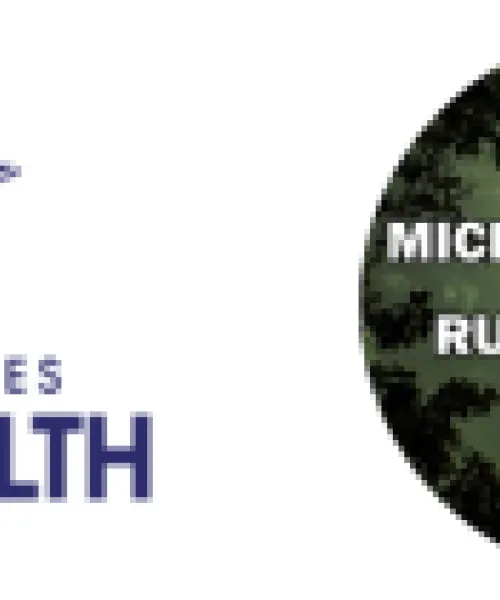
On August 1, 2022, Upper Peninsula Workforce Innovation Network (U.P WIN) project partners learned they received a $1.4 million dollar grant over a three-year period from the Department of Health and Human Services, Health Resources and Services Administration. This collaborative effort will increase Upper Peninsula residents’ access to healthcare by expanding relevant workforce training, education and employment. Elise Bur, Director of the Northern Michigan University Center for Rural Health, is the Project Director. One of the central elements of U.P. WIN is to create stronger links between training programs and the health care entities that will ultimately employ or rely on these public health professionals.
The network's goals are to:
- Develop and expand sustainable community paramedicine and community health worker models in the U.P.;
- Leverage EMS professionals to address at-risk populations, manage patients with chronic diseases in-home and decrease hospital readmissions, while avoiding unnecessary emergency department visits.
- Identify, educate and provide cross-training opportunities for community health workers through NMU's Center for Rural Health; and
- Develop approaches in training existing staff to maximize their clinical and operational capacity
Click here to read the full press release story.
Target Service Area
The Upper Peninsula of Michigan comprised of the following 15 counties: Alger, Baraga, Chippewa, Delta, Dickinson, Gogebic, Houghton, Iron, Keweenaw, Luce, Mackinac, Marquette, Menominee, Ontonagon, and Schoolcraft.
Network Partners
U.P. WIN is network comprised of the following members:
- The Michigan Center for Rural Health
- Northern Michigan Center for Rural Health
- Upper Peninsula Michigan Works
- Upper Peninsula Area Health Education Center
- Upper Great Lakes Family Health Center
- Upper Peninsula Health Care Solutions
- Everyday Life Consulting
- Bay Mills Health Center
- UP Health System Marquette School of EMT
- Michigan Department of Health and Human Services – Bureau of EMS, Trauma and Preparedness
Capacity to serve rural underserved populations
The overarching goal of the Upper Peninsula Workforce Innovation Network (U.P WIN) project is to increase the Community Health Worker (CHW) and Community Paramedicine (CP) workforce capacity by expanding and extending the reach of health professional workforce education, training, employment, and retention activities within Michigan’s Upper Peninsula (U.P.) region.
U.P. WIN will focus on the following activities:
- Develop and expand a Community Paramedicine delivery model in the U.P. The intent is to create a thriving education and training pipeline for EMT courses with the goal of supplying the staff needed to grow and sustain the model in the U.P.;
- Leveraging EMT’s to address at-risk populations, manage patients with chronic disease in-home, and decrease hospital re-admissions, while avoiding unnecessary emergency department visits. EMT’s will provide value-based health screenings, population health related work and service referrals through this innovative Community Paramedicine care delivery model;
- Increasing access to health care services as a result of increasing the Community Health Worker workforce in the region;
- Identifying, educating, and providing cross-training opportunities for Community Health Workers;
- Developing and expanding a sustainable Community Health Worker model.
